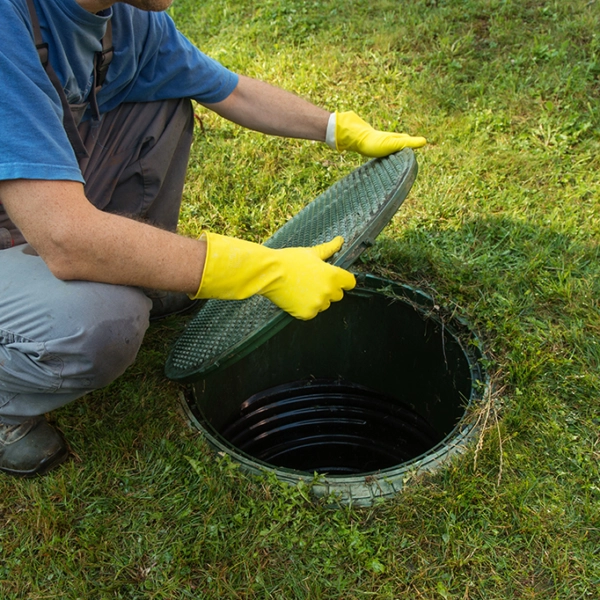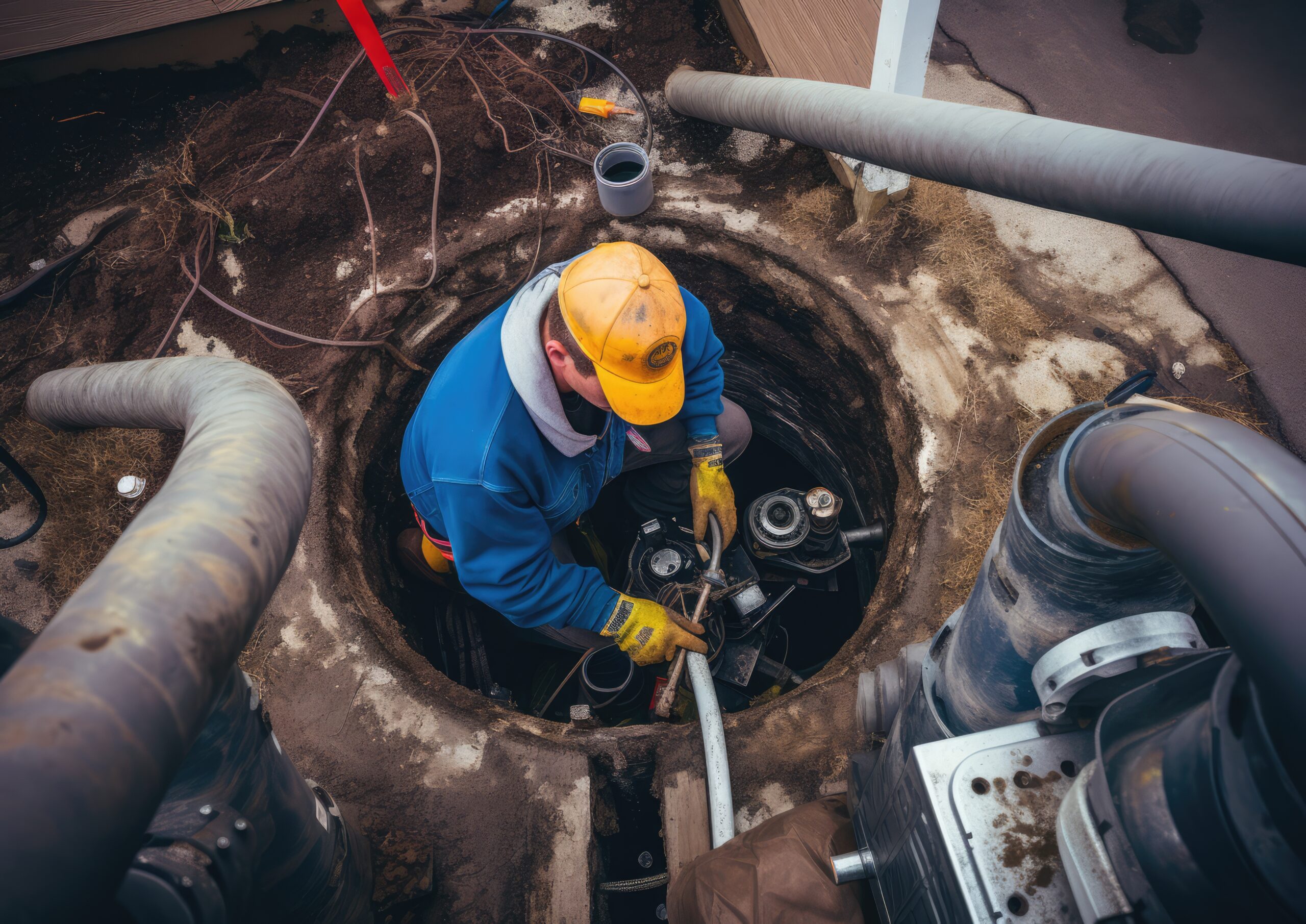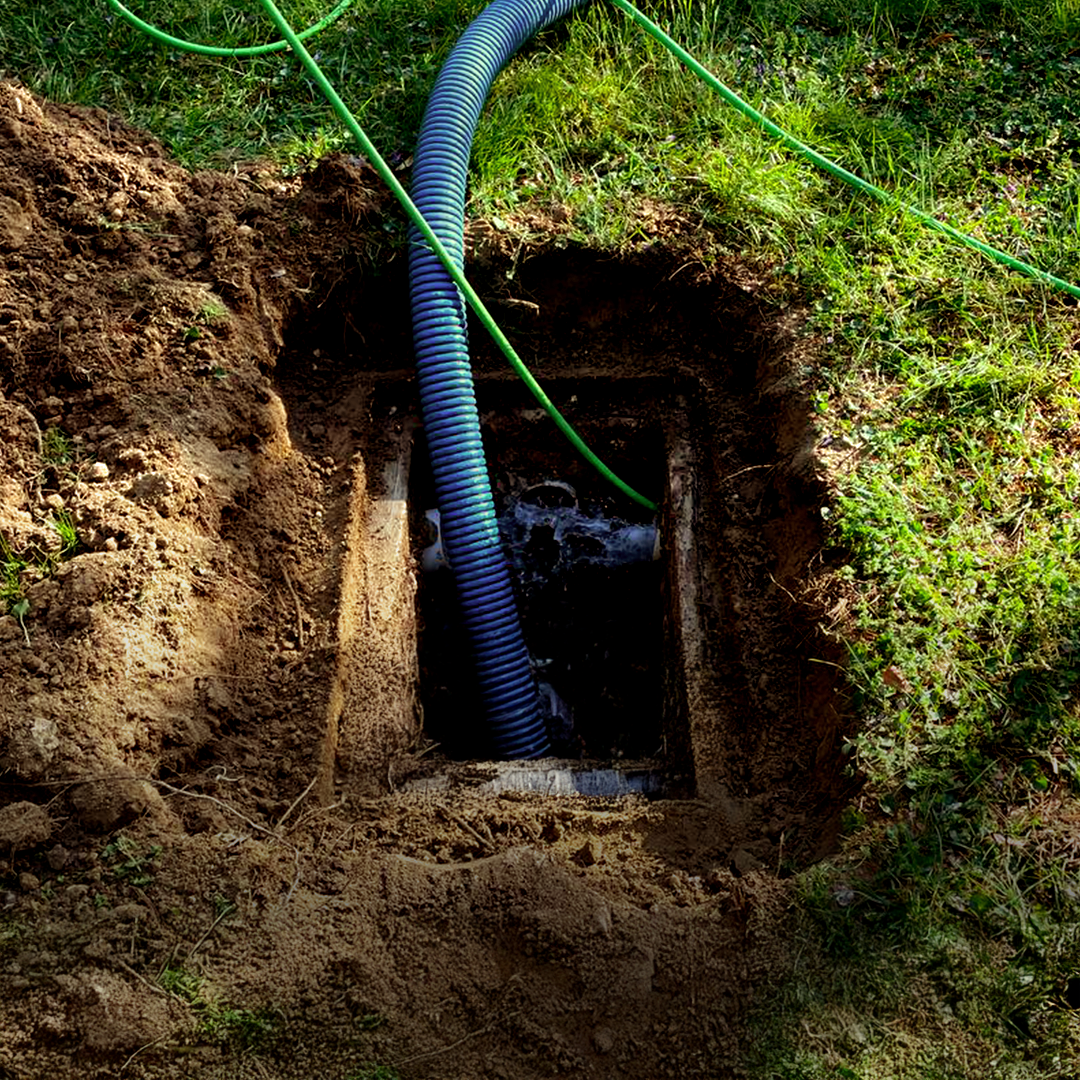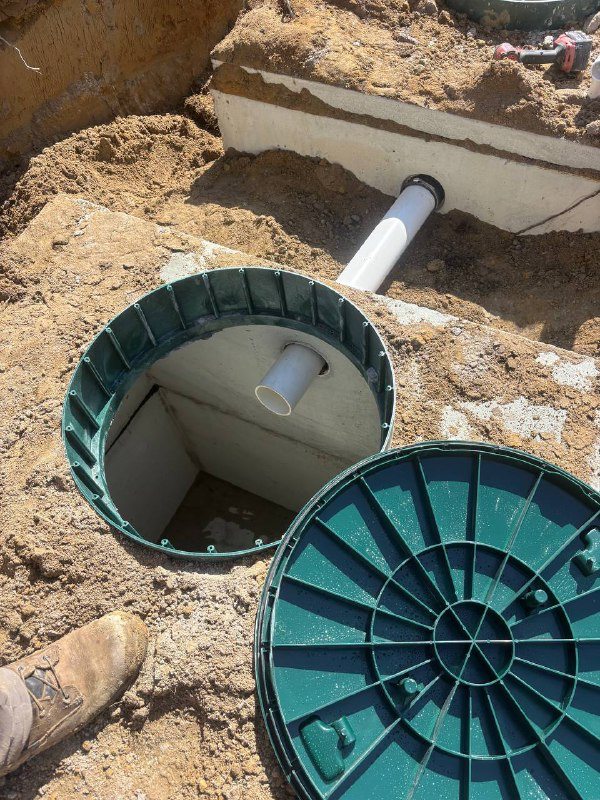We’ve all experienced slow drainage at some point—water draining sluggishly, pooling around your feet, or filling up the sink. It’s easy to blame hair, soap scum, or food waste for causing blockages somewhere in the plumbing system. However, reduced drainage speed can sometimes indicate something much more serious—an issue deep within your home’s septic tank system itself. Before you pour another bottle of chemical cleaner, consider whether the clogged drain could be warning you of septic failure. Let’s explore how drainage problems may relate to septic issues and what signs you should never ignore as a homeowner.
What Happens During a Normal Drainage Process?
When water exits your sink or shower, it travels through pipes and into the septic tank for breakdown and eventual filtration underground. In a healthy system, solids settle at the bottom while liquids move through baffles and then out into the drain field. This system depends on balance—if too much waste accumulates or bacterial activity stops, drainage slows and causes plumbing issues. Septic tank issues can lead to slow drains, foul odors, and costly repairs if not identified and addressed in time.Regular septic maintenance ensures this process works smoothly without pushing back wastewater into your house through toilets and sinks.
Why a Clogged Drain Might Be More Than Surface Deep
If you’re noticing multiple slow drains throughout the house, the issue likely extends beyond a localized clog in the plumbing line. That kind of widespread symptom often points to a backed-up or full septic tank needing immediate professional intervention and care. When tanks reach capacity, wastewater has nowhere to go, resulting in slow drainage, foul odors, and even sewage backup into fixtures. This type of clogged drain issue won’t be fixed by plungers, snakes, or any over-the-counter chemical drain cleaning solution at all.
Key Signs Your Clogged Drain Is a Septic System Problem
Certain warning signs clearly indicate your drainage issue isn’t just caused by debris but something deeper involving your septic tank’s operation. First, if more than one fixture drains slowly—like showers, sinks, and toilets—it suggests the main outlet to the tank is blocked. Second, you might hear gurgling sounds in other drains when flushing or running water, a classic sign of system-wide drainage strain. Third, foul smells around sinks, drains, or the yard often signal that your clogged drain stems from an overloaded septic system. Fourth, wet patches near the septic tank or drain field could mean the system is overflowing, not just backing up internally..
How Septic Systems Contribute to Persistent Drainage Problems
The bacteria inside your tank break down waste and allow liquids to exit properly—when disrupted, waste builds and slows everything down. Using harsh cleaners, antibiotics, or bleach frequently can kill off beneficial bacteria and reduce your tank’s ability to process material. This bacterial imbalance can lead to solid waste blocking outlets, causing widespread drainage issues and reducing tank storage capacity. Additionally, failing to pump your septic tank every few years increases the risk of clogging and premature system breakdown.
Avoiding a Septic-Related Plumbing Disaster
Luckily, you can take proactive steps to prevent minor plumbing issues from evolving into full-blown septic tank failure over time. Schedule regular septic tank inspections to assess sludge levels, check for cracks, and ensure baffles are functioning to direct wastewater correctly. Have your tank professionally pumped every three to five years depending on household size, water use, and past maintenance history. Limit flushing of non-biodegradable materials, grease, and excessive chemicals which can disrupt bacterial balance or cause blockages over time. Install drain filters in sinks and tubs to reduce debris accumulation and lower the risk of drainage problems naturally.
What to Do When Stubborn Drain Issues Keep Coming Back
If you’ve tried plungers and snaking, yet the drainage issue persists or recurs, it’s time to investigate your septic system condition. Don’t continue using chemical drain cleaners—they often mask symptoms temporarily while damaging your pipes and tank environment long term. Call a septic professional to assess your tank’s condition, check outlet lines, and inspect the drain field for pooling or blockage. They can determine whether the problem is due to pipe damage, a full tank, or a malfunctioning pump system needing urgent repair.
When to Consider Full Septic System Replacement
Sometimes, a plumbing problem reveals deeper infrastructure issues that no amount of pumping, cleaning, or repairing can fully solve effectively. Older septic systems made with concrete, metal, or clay may deteriorate, collapse, or crack under pressure, causing repeated issues. If your tank frequently backs up or if your drain field stays saturated, it could be time for full system replacement discussions. Upgrading to a modern, environmentally-compliant system can prevent recurring clogged drain problems and protect your family’s health and property investment long term.
Final Thoughts
Never ignore a drainage issue, especially if it appears alongside other septic symptoms like gurgling, smells, or soggy patches outside. What may seem like a simple blockage could actually signal a larger septic issue requiring prompt inspection to avoid a costly disaster. Prevention is key—investing in regular septic maintenance can save you from the hassle and expense of recurring clogged drain problems. In the end, catching the warning signs early keeps your home clean, your system functioning, and your wallet safe from septic surprises.
“Tired of recurring clogged drain problems? Schedule a full septic system evaluation and get to the real root cause.”




